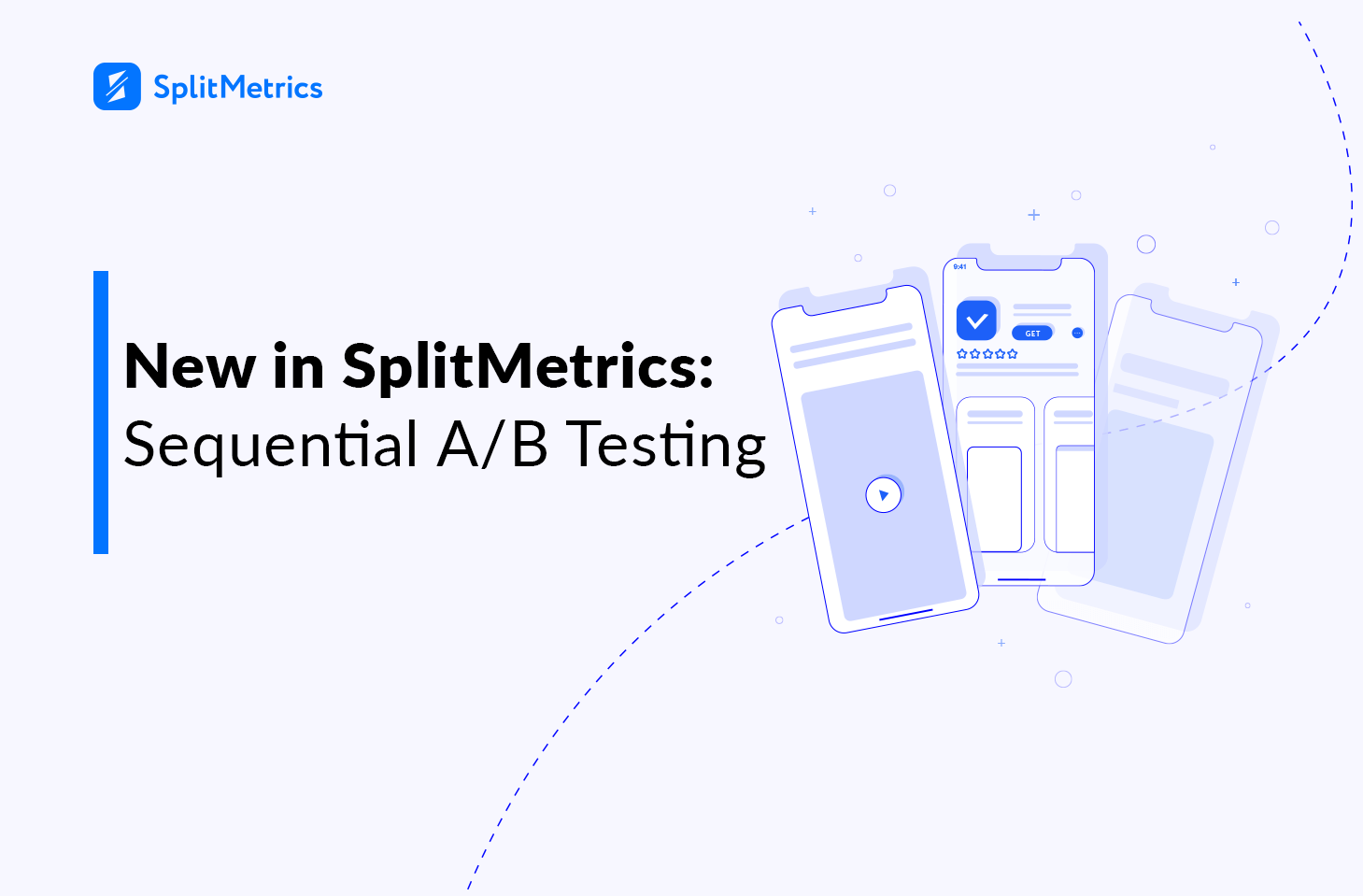

Saves the results to a new text file, or appends the results to an existing text file.

Output options that do not apply to a particular analytical operation are disabled. Sequence option to determine if one or more fields in the active tableĪre ordered sequentially, or to identify out-of-sequence items. The fields being tested, treats Amount field as sorted ascending Result – sequence test uses different direction from one of Result – sequence test uses different order of priority fromįields being tested, treats Amount field as unnested Result – sequence test uses same order of priority and direction The examples below demonstrate results thatĪre valid and invalid based whether they match the order of priority and direction of the sort or index key fields. The direction of the sequential order – ascending or descending Key field, secondary key field, and so on. Of priority as the sort order or index order priority – primary Valid, you need to select the fields for testing in the same order Order of two or more fields in combination, for the results to be For example, when testing the followingĬolumn of values for ascending order, Analytics reports two sequence Any values after the break thatĪre out of sequence when compared to values before the break are Reported if a pair of values constitutes a break in the sequence.Ī break, the sequence begins anew, using the second of the paired Second value, the second value against the third, and so on, progressingĭown the column by comparing paired values. Sequence option compares the first value in a column against the Some sorting subtleties exist in the non-Unicode edition of Analytics –įor example, the default sort sequence dictates that all uppercaseĪlpha characters are sorted before all lowercase alpha characters. Sequence is specified for character data in the Sort Order option Sequential order of character fields is tested against whatever sort The sort sequence for testing character data Invoice numbers could warrant further scrutiny. You could sort the invoice data for a particular vendor by date,Īnd then test the sequential order of the invoice numbers. Or check numbers, indicating possible irregularities. In data that should have an inherent sequential order, such as invoice Sequential order also allows you to identify out-of-sequence items

Or sequentially order records requires performing separate sorting Sequentially ordered, and reports any errors of sequence. It verifies whether or not specified fields in a table are currently In any way modify the order of records in the table being tested. Sequential order does not sequentially order or sort records, or Testing sequential order does not sort records Testing for gaps is a different operation. For example, the numbers 1, 3, 5 are sequentially ordered. We also establish limitations of sequential algorithms for the problem of testing closeness: they can improve the worst case number of samples by at most a constant factor.Sequentially ordered data does not mean that the data has Abstract: What advantage do sequential procedures provide over batch algorithms for testing properties of unknown distributions? Focusing on the problem of testing whether two distributions $\mathcal)$ tester of and is optimal up to multiplicative constants.


 0 kommentar(er)
0 kommentar(er)
